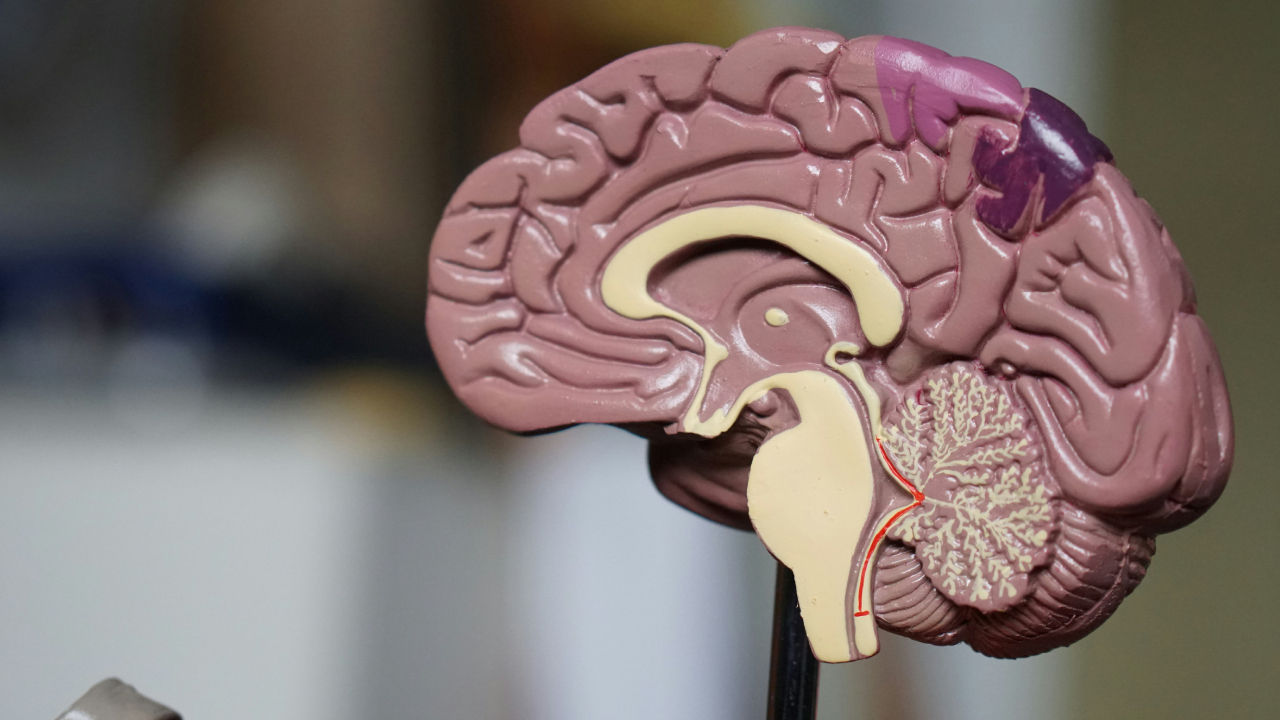- A Neuralink device has been safely implanted into a human brain, says Elon Musk.
- The company was approved for human trials last year.
- Neuralink devices promise paralysed individuals the ability to interface with computers using only their minds.
After receiving approval from the US Food and Drug Administration (FDA) to perform tests on human beings, a Neuralink device has been successfully implanted into the brain of a living person. This is according to Neuralink CEO Elon Musk, who shared the news on his social media platform, X.
“The first human received an implant from Neuralink yesterday and is recovering well,” said the billionaire. “Initial results show promising neuron spike activity.”
Neuralink devices promise a way for people who have paralysis or quadriplegia due to cervical spinal cord injury or amyotrophic lateral sclerosis (ALS) to control “external devices” such as computers using only their thoughts. An idea that has long been a mainstay of cyberpunk science fiction and transhumanism.
After several years of testing on animals, Neuralink opened up enrolment for its human trials in September last year. This trial was called the “PRIME Study” and was meant to test the safety of inserting a wireless brain-computer interface into human tissue.
Neuralink users will begin with controlling the computer cursor or keyboard with their thoughts, but the same technology can be expanded to control other things with only the mind, including artificial robotic limbs, robotic exoskeletons, vehicles and more. However, these lofty ideals are still far in the offing, with Musk sharing that the current goal is to make it easier for people to communicate.
“Imagine if Stephen Hawking could communicate faster than a speed typist or auctioneer. That is the goal,” he posted on X.
The first @Neuralink product is called Telepathy
— Elon Musk (@elonmusk) January 29, 2024
Musk shared that the first Neuralink product will be called Telepathy and “Enables control of your phone or computer, and through them almost any device, just by thinking. Initial users will be those who have lost the use of their limbs.”
We’re still far from a future where human beings can talk to each other through electrical devices in their brains, despite the name of the product, but we’re one step closer thanks to this recent advancement.
Before we get too ahead of ourselves, the PRIME Study is still ongoing and Neuralink still has to test whether the devices actually make a difference, and more importantly, whether they’re safe to use after a lengthy period of time.
It will also be interesting to see what reactions the technology will have on human society, especially as it expands its uses. The advent of generative AI is already changing the internet, and some say for the worse. Many changes were entirely unexpected, but not unwarned.
Is there a future where threat actors can hack into human minds? Maybe. But then we could have law enforcement like Public Security Section 9 to save us all.
[Image – Photo by Robina Weermeijer on Unsplash]

